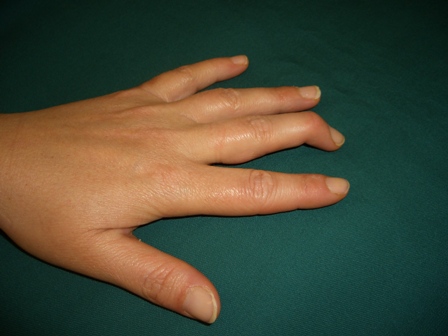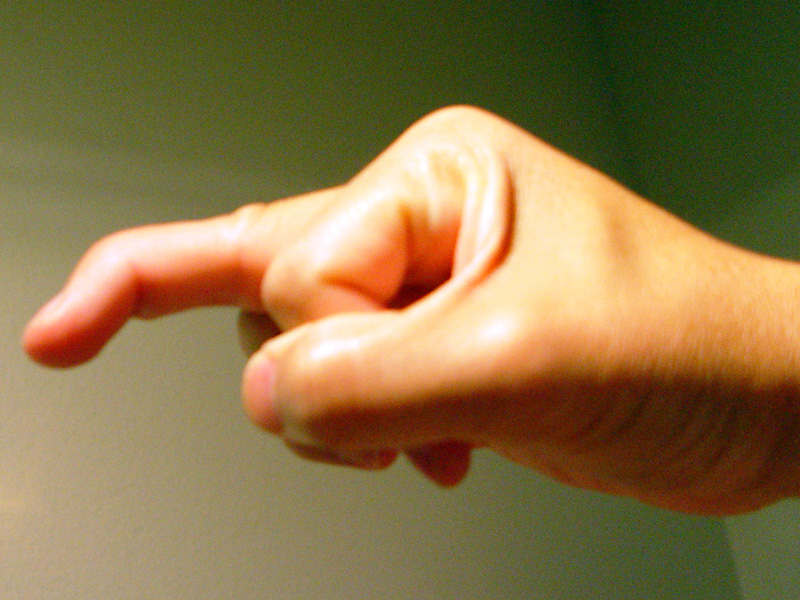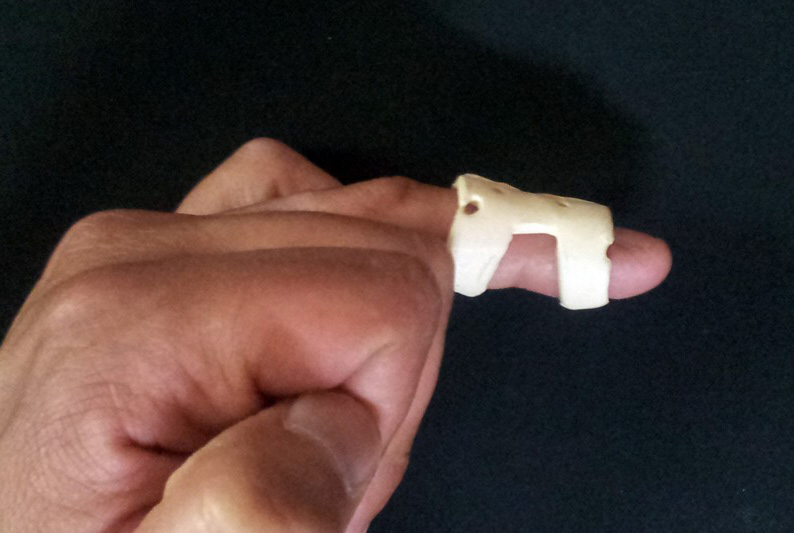Mallet finger is when an injury occurs to the very end of your finger, resulting in the tip becoming bent forward. More specifically, it is an injury to the tendon whose job it is to straighten your finger. There are various causes, however, the most common mechanism of injury happens during sports or physical activity, making mallet finger a common injury for many types of athletes.
In this blog, we will discuss the various causes, symptoms, diagnostic methods and treatment methods available for mallet finger, including aftercare and follow-up procedures post-treatment.
What is Mallet Finger?
Mallet finger is when the tendon that is responsible for straightening your finger/thumb tip (the extensor tendons) stretches too far, or tears, resulting in a bent fingertip. In severe cases, the tendon can completely rupture, meaning a longer healing process is involved.
Mallet finger represents about 5.6% of all hand and wrist injuries, with the mean age for male injuries being 34 years old and women being 41 years old. The fingers most commonly affected by mallet finger are the middle and ring fingers of the dominant hand.
Causes of Mallet Finger
Essentially, the cause of mallet finger is due to force hitting the end of an extended finger, damaging the tendons inside. This can happen in various ways, however.
Mallet finger injuries tend to be most common in sports and for athletes, particularly sports such as baseball, basketball, cricket or American football. In an attempt to catch a hard, fast-moving ball, the slightest miss-timing of your wrist or hand movement could result in a mallet finger injury.
Sportspeople and athletes aren’t the only group prone to mallet finger. Everyday household activities, such as making the bed and pulling up your socks can lead to this injury, or simply walking into a wall or door can also leave you with a bent finger or thumb.
Symptoms of Mallet Finger
There are some distinct signs and symptoms of mallet finger that make it fairly easy to identify, these being pain and swelling, and a bent fingertip. This also helps in distinguishing mallet finger from trigger finger. Trigger finger tends to cause the whole finger to become stuck in a bent position, and isn’t usually caused as a result of injury. Instead, it tends to be from overworking or strain.
Some other common symptoms of mallet finger include:
- Bruising
- Redness/Inflammation
- Tenderness
- Detached fingernail
- Redness under the fingernail
Diagnosis of Mallet Finger
As mentioned above, the distinct signs and symptoms of mallet finger make for a fairly easy diagnosis. Clinical examination of your finger by a healthcare professional should be able to diagnose your injury. Simply presenting to your clinician that you are unable to straighten your finger no matter how hard you try can confirm a mallet finger injury.
In some cases, your clinician may also take an X-ray to confirm there have been no compensatory injuries to your bone such as a bony fragment that has been pulled away from the tendon.
Mallet Finger Treatment
Thankfully for most mallet finger injuries, the treatment can be straightforward, with no surgery required. If upon clinical examination all bones are intact, non-operative treatment can be applied leading to a successful recovery.
In these cases, a splint will be applied to the back or front of the finger to help straighten it out. This splint is typically worn for about 6 weeks throughout the day and night, followed by a further 6 weeks only worn at night time.
In cases where an X-ray has revealed a large broken bony fragment, surgery may be the best option for treatment. In this instance, the surgery is a day-case procedure under local anaesthetic (numbness only at the site of surgery), where small wires are used to hold the broken fragments together. These wires will stay in place for 6 weeks, and once healed can be removed by your clinician. Depending on the level of healing, a splint may also need to be worn at night time to protect the joint until it is fully healed and strengthened.
Mallet Finger Treatment Aftercare
Finally, following a mallet finger surgery (once the wires are removed), your therapist may guide you through some hand and finger movements in order to strengthen the joint and tendon back to its original state.
It should be noted that, if suffering from a more severe mallet finger injury, driving should only be allowed if you are able to fully and confidently control and manoeuvre the car.
Also, for workers in a physically demanding job, exerting maximal grip strength should not be attempted until at least 8-10 weeks post-injury. For light manual workers, time off work may be needed for 2-3 weeks in order for the injury to fully heal.
Risks of Surgery
As with any surgery, there are always some things to consider in terms of risk. Some of the most common risks are:
- Infection
- Skin breakdown (from splint pressure)
- Injury to the joint and tendon
- Recurrence
- Further surgery (due to possible complications)
- Reduced grip strength
- CRPS (chronic pain syndrome) – this can happen to a small percentage of patients who have an adverse reaction to surgery, resulting in lifelong permanent pain and stiffness
It is always good to be aware of the potential complications of surgery, however, surgery is a necessary procedure to prevent further issues in the future. If you are worried about your upcoming surgery, read our blog ‘What you need to know before hand and wrist surgery’.
If you are worried about a recent injury or symptoms you are experiencing, book a consultation with us today for expert help, advice and treatment for all hand and wrist injuries.





